There are countless holy and revered saints in the Orthodox Church, many of these famous saints that glorified God have a lesser well-known mother, who in all humility silently did the work with Christ to rear such saintly persons. Today, I want to highlight some of these mothers as we honor their glorification to God from their womb, the glorification to the Church, and humanity itself. These mothers are the examples for all types of women; widows, martyrs, ones who die early, who deal with unbelief or abuse, etc. May we all take courage from these motherly examples and have a blessed Mother’s Day! In the name of the Father, the Son, and the Holy Spirit. Amen.
The Mother of God
Where else could we possibly start for Mother’s Day than with the Theotokos? The Mother of God, the greatest of all saints in the Orthodox Church is a woman, a mother. She is the new eve who said yes to God, her example of obeying in simplicity, to be the mother of our Lord (Luke 1:43)
She has become a footnote in America, “she was just Jesus’s mother,” is a common sentiment across the country. As if 1) being just a mother is something insignificant of itself and 2) even further being the mother of God, Jesus Christ, is even less impressive. As if anything involving Christ is worthy of a “just” statement of non-importance. Including the Virgin!
She fed Him who feeds us with Himself, she cared for the One Who cares for all, she taught Him Who has all understanding, she loved Him Who loves us always. Motherhood is a constant giving of yourself, and Mary exemplifies that. Her icon is the true icon of womanhood. Her care, instruction, pain, sacrifice, joy, fulfillment and most of all her love for her child, the King of the Universe, is what Mother’s Day is about.
A mother’s love shapes who we are as human beings, a newborn’s first experience with grace outside of God Himself is their mother, they feel her love, her sacrifice, her willing to do anything for them. And thus motherhood emulates Christ, His sacrifice, His Love, His willing. In this way I believe Christ saw Himself to some degree in Mary, as she exemplified motherhood.
At the Wedding of Cana, she boldly approached her Son, and His response was “Woman!” (John 2:4). In our language today we think of this as oppressive or rude, but back then, it was the opposite. It was quite a statement, Jesus saying she is the example of what a woman actually is. The new Eve, the standard.
St. Monica, Mother of St. Augustine
She is the example of a mother’s patience and loving endurance. She was a devout Christian married to a pagan, and her son would become a gnostic heretic as St. Augustine was a Manichean for nine years of his life. It’s said she led the example of peace as her husband had a violent temperament. She had a difficult life, and struggled with the temptation of alcohol in order to deal with it. But through trusting in Christ, laying herself low in meekness and humility she conquered it and gained the respect of her husband who saw something in this.
She prayed 17 years for her son and 30 years for her husband to become Christians and she led the way by example trusting in God before it finally happened for each of them. She patiently and fervently prayed, the embodiment of keep seeking, keep knocking on the door. Motherhood requires patience like St. Monica and not giving up no matter what the situation looks like, even if what you pray for never comes in this life. Setting your face as a flint!
Her son became arguably the most popular saint in all of Christian history, St. Augustine openly credited his mother for the reason he became a Christian. Behind the scenes of his accomplishments were 17 years of prayer from a mother. And 30 years from a wife. She is the example for mothers in households that face opposition to the Christian faith, that face abuse, unbelief, and alcoholism, to pray fervently, to be patient, keep knocking, and transform themselves in order to transform their loved ones.
St. Anthousa, Mother of St. John Chrysostom
She lived in Antioch in the 4th century, becoming a widow at 20 years old when her husband died. This left her to care for St. John Chrysostom alone. She refused to remarry, and devoted her life to the upbringing of her son despite her pain and hardship of doing it by herself. She taught him the foundations of Christian love and virtue, I myself wonder how many of St. John ”the golden mouth’s”words he formulated from his own mother’s or the foundation she gave him in Christ.
St. Anthousa shows the hope for the widowed and single mothers, carrying the burden of being both father and mother to a child, raising them in Christ and refusing to dishonor their marriage to the one who they bore said child with. She is proof a mother can succeed even by themselves, the saint for widows. The sacrifice of motherhood to teach children the right path, not by worldly standards, but Christ’s. She gave him everything he needed and thought of what she needed second.
St. John Chrysostom is considered one of the greatest saints in Christian history, his commentaries are the standard for biblical exegesis for millions of Christians since they were written; and still today. Hearing the words in his ears from his mother from his youth, he was able to hear the words of St. Paul in his ears in his adulthood. If you don’t know this tradition, it’s said St. Paul himself through the grace of God influenced St. John’s commentaries on scripture. His ear remains un-decayed in a monastery on Mt. Athos.
Euphrosyne, Mother of St. Clement the Martyr
She lived in a time of heavy persecution of Christians in the late 200’s. She prophesied her son would have a martyr’s death before her own death when St. Clement was 12 years old. Her son became so renowned for his virtuous living he learned from his mother that he was elected bishop at 20 years old. He was no doubt spurred by his mother’s tear wrenching prayer for him at her death.
“My child, my beloved child, I gave birth to you in the body, but Christ reared you in the strength of the spirit. Worship only Christ. He is our salvation. He who submits to Him will avoid all difficulties, he shall conquer not only kings and tyrants but shall shame even the demons. Stand up against the tyrants in courage, remain firm in your faith. For the fight for which you are called is not one waged against the usual enemies, nor on behalf of everyday good things, for rather with regard to the antagonists in this match; they are evil himself (the devil) and his followers.
I shall be thrice-blessed among mothers, and greatly glorified because of you. Today I will leave you in body, and I will not respond to the desires of your eyes to behold me. But believe me, when I die, my soul is bound to yours, (I am with you) taking pride in your wounds and becoming a partaker of your awards (persecution) and joy.” (2).
She exemplifies encouragement and steadfast resilience amidst persecution for mothers. Behold the incitement of courage she gives to her child! Notice taking pride is not in a negative sense, but more like boasting or glorying in all the ups and downs of life for her son. She is unwavering in the face of trials, knowing their hope is Christ Who already won it all.
Euphrosyne shows the hope for mothers who have died early, where children will not see with their eyes but know in their hearts that their mother is with them. Her son became a martyr for Christ, bravely withstanding torture for years, carrying on the unwavering faith of Christ that his mother had first and taught him to have too.
St. Emilia, “the Mother of Saints”
She holds this title “the mother of saints” as St. Emilia begot 10 children, 5 of them becoming formally glorified saints in the Orthodox Church. Some of these saints include the giants of St. Basil the Great, St. Gregory of Nyssa, St. Macrina, and more. What kind of mother could produce so much fruit in their life?
There is not much in depth about St. Emilia’s life, we know she was the daughter of a martyr herself, and that she emphasized prayer heavily to her children. At the end of her life she said she offered her own children to the Lord to glorify Him. “To you, O Lord, I give the first fruits and the tithe of the fruit of my womb. Let these be for you a rightly acceptable sacrifice, and let your holiness descend upon them!" (3).
St. Emilia is a beautiful reminder as sometimes parents want to put everything about their child into their own hands, she offered them to God in His hands. She taught them simplicity, prayer, charity, and knew from the beginning her children were a gift from God to her; but that ultimately they belong to Him. She lived in service to others, as a mother does as a true servant to Christ, her husband, and her children. This servant heart of being Christ-like could be how so many of her children became glorified saints and walked after Him themselves.
Happy Mother’s Day to all the mothers! I couldn’t write about every single mom saint but can point you to a few others. St. Nonna the mother of St. Gregory the Theologian, St. Elizabeth mother of St. John the Baptist, St. Helen mother of St. Constantine the Great, St. Anna the mother of the Theotokos, etc. May their lives and witness give us courage to raise the next generation of saints. All by Him, with Him, and in Him: Jesus Christ our Savior.
Sources:
The Eastern Orthodox Bible (EOB). Published 2013. Greek Orthodox Patriarchal Text 1904.
Orthodox America. (1998). St. Monica: Model of Wifely Forbearance. Posted by OrthoChristian. https://orthochristian.com/93375.html
Greek Orthodox Christian Society. (2021). St. Anthousa. https://lychnos.org/st-anthousa/
The Evergetinos. Volume 1. Center for Traditionalist Orthodox Studies.
Orthodox Church in America (OCA). Published 2001. St. Emilia, Mother of St. Basil the Great.

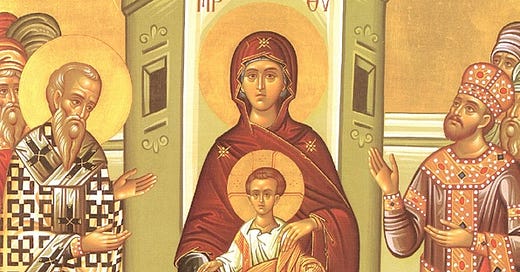



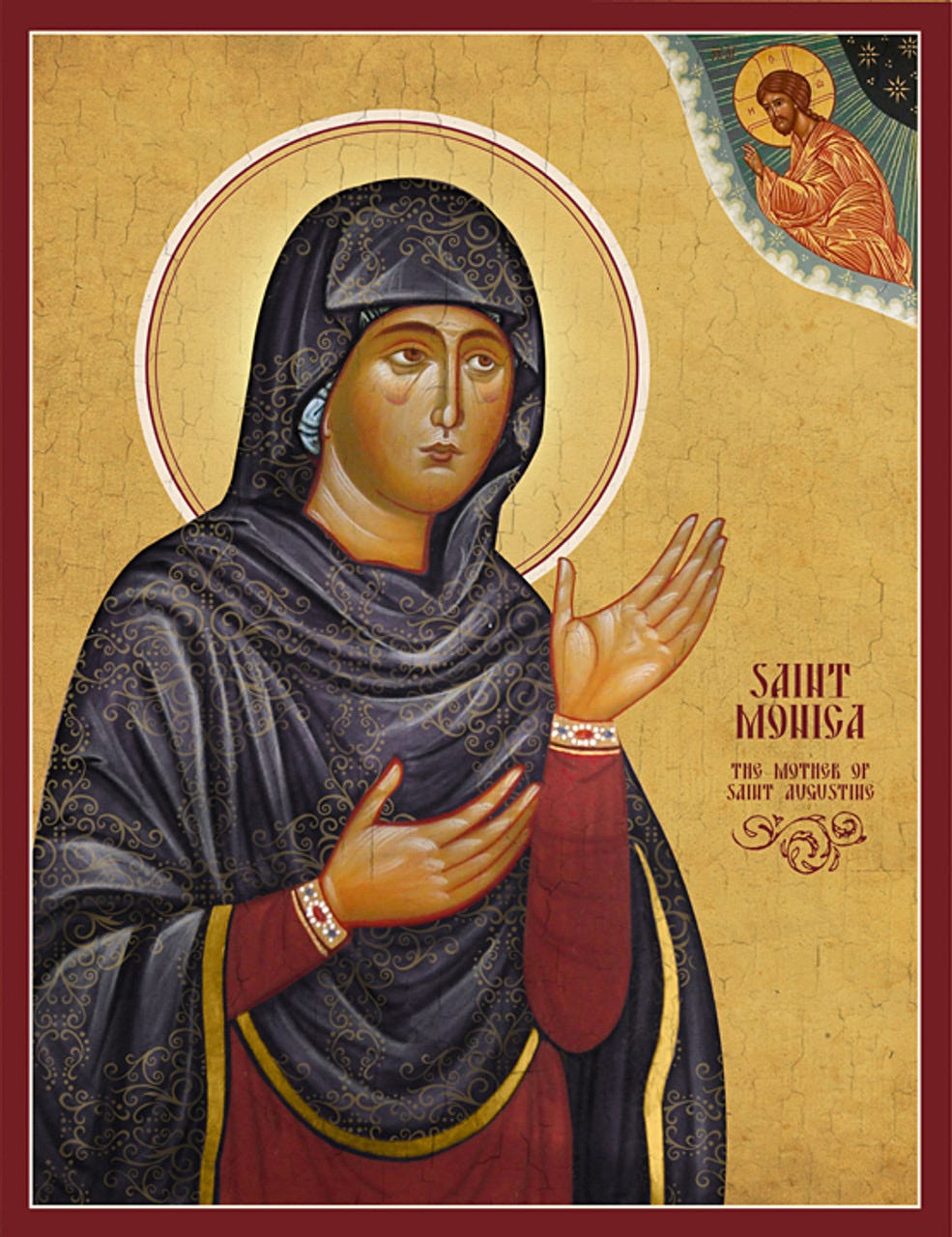
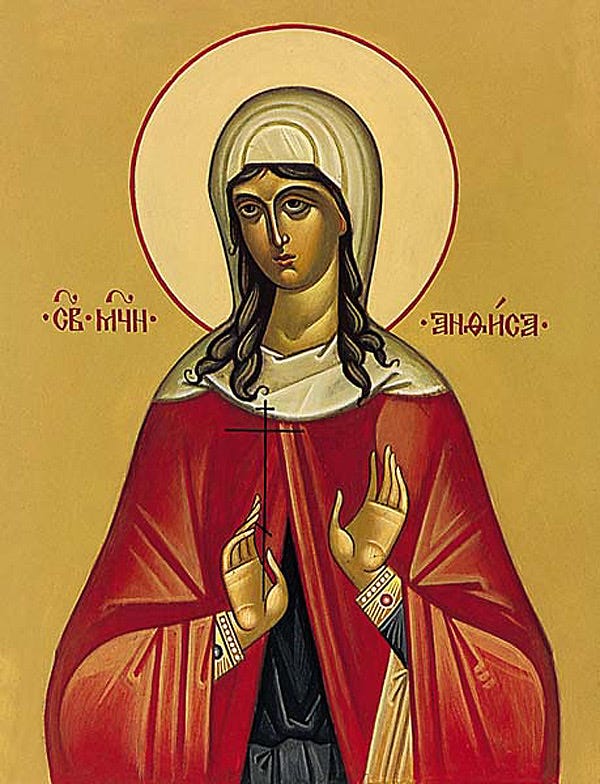
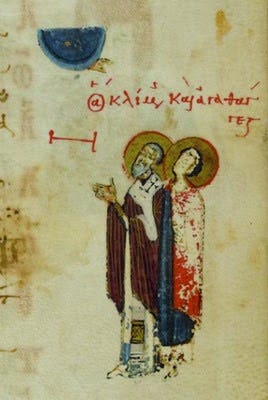
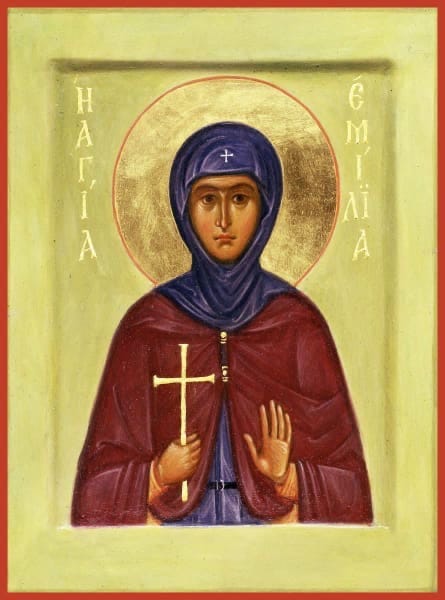
This essay is a deeply moving tribute to the hidden sanctity of motherhood, drawing luminous lines between the quiet sacrifices of mothers and the towering saints they formed. From the Theotokos whose humble “yes” echoed through eternity to St. Monica’s tear-stained prayers, to St. Emilia’s offering of her children like first fruits unto God, we are reminded that the Church’s greatest heroes were shaped not in cathedrals, but in cradles, kitchens, and midnight vigils.
What this reflection beautifully captures is that a mother’s love is itself a form of liturgy. It is sacrificial, prophetic, and fiercely holy. In a world that often forgets the spiritual magnitude of motherhood, this essay reclaims it... not as sentiment, but as vocation. These mothers bore not only children, but crosses. And they bore them well.
Thank you for honoring these women of fire and faith. Their lives are not just examples. They are icons, radiant with the quiet glory of the Kingdom.
I enjoyed this post. I was thinking about Saint Anna Mary’s mother a lot recently, as I have been trying to decide who my patron saint will be.